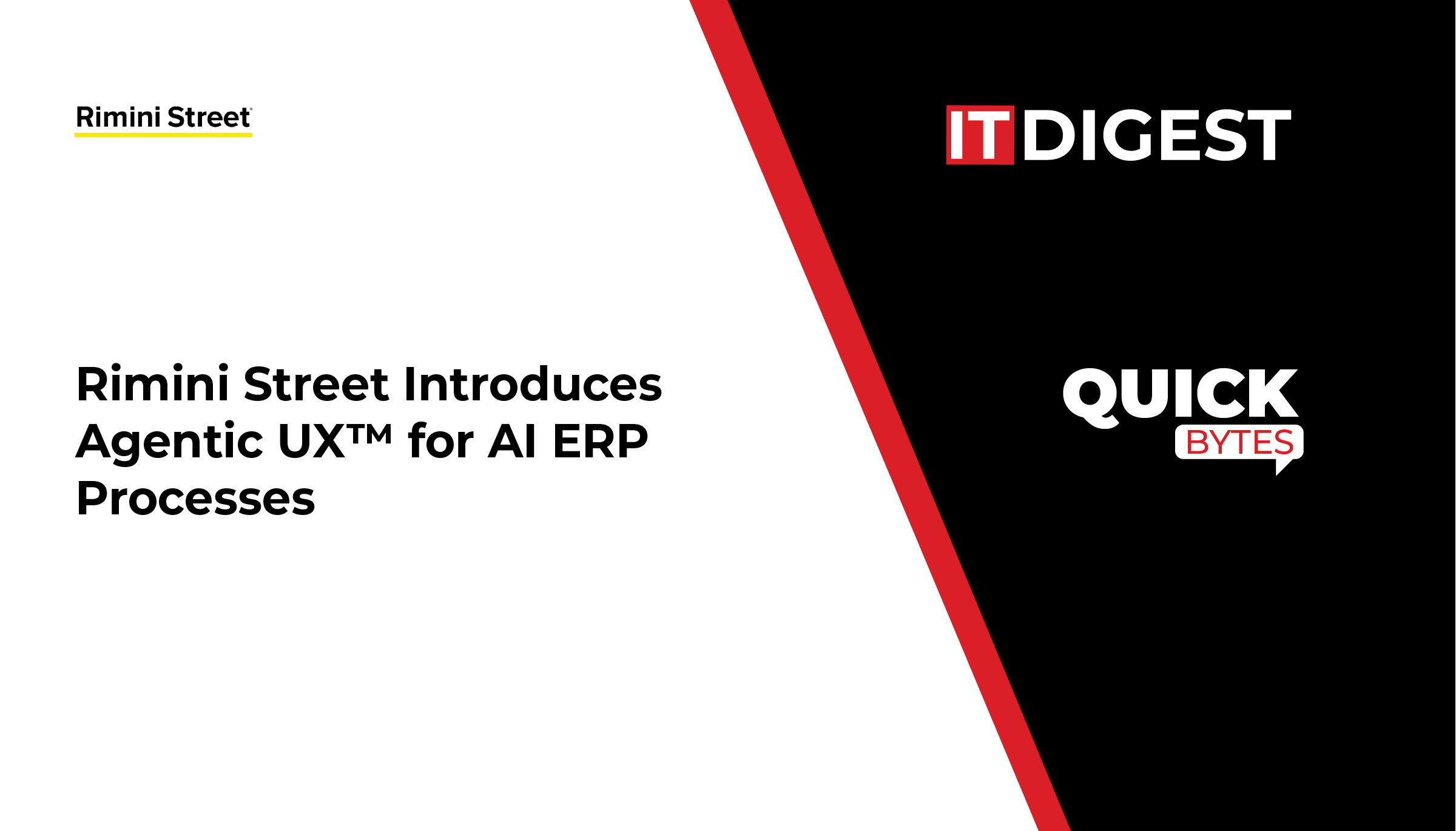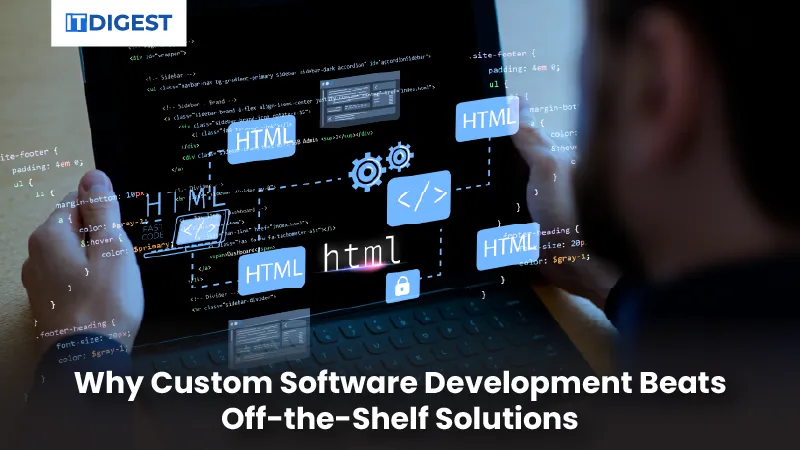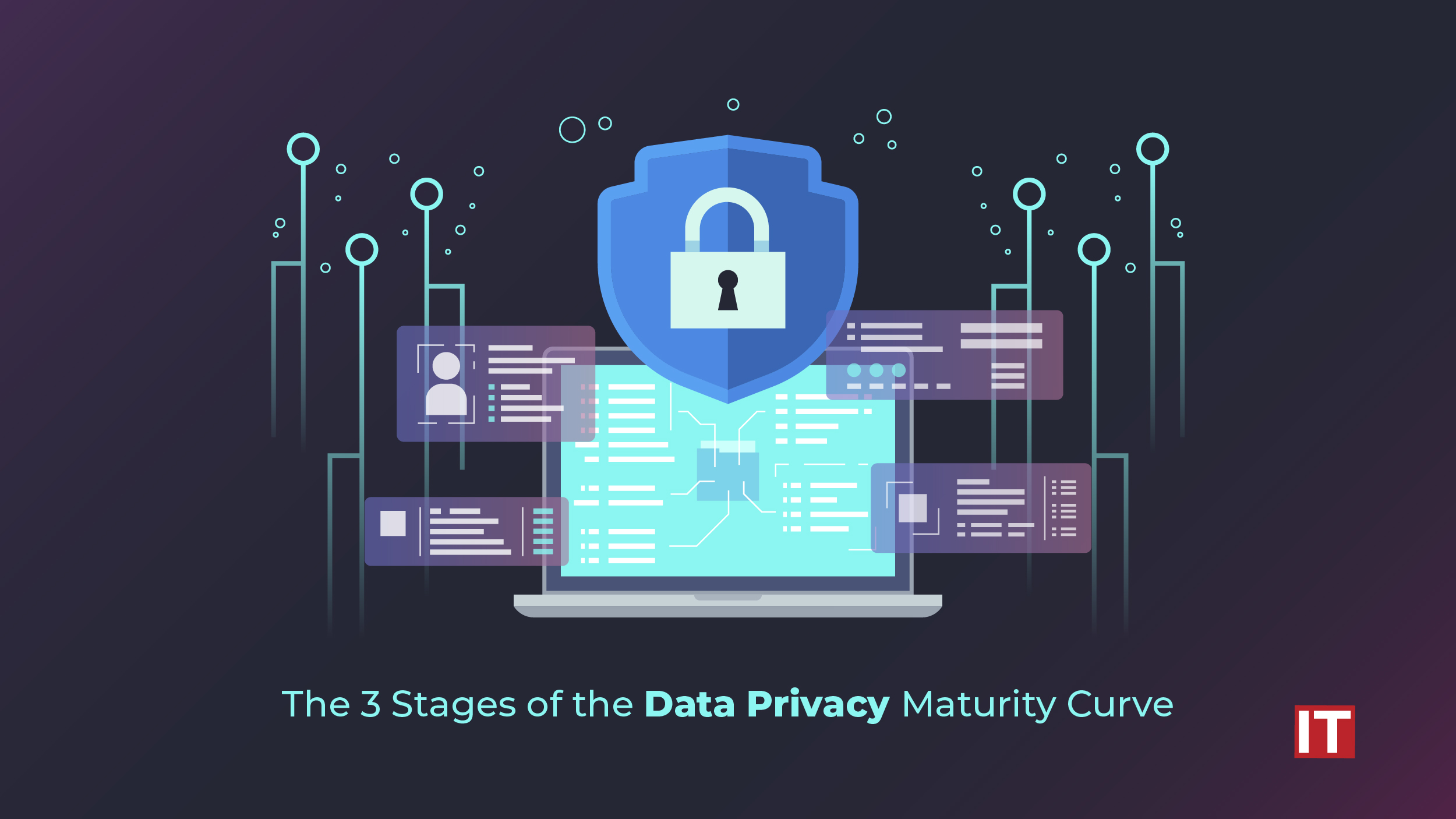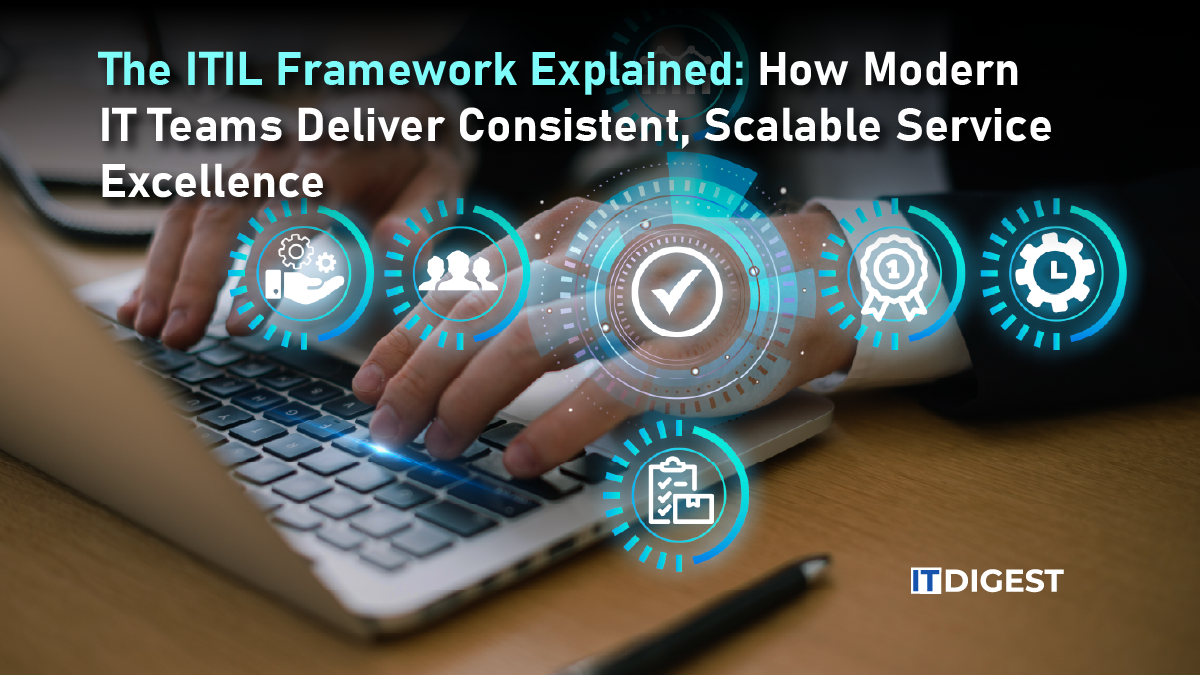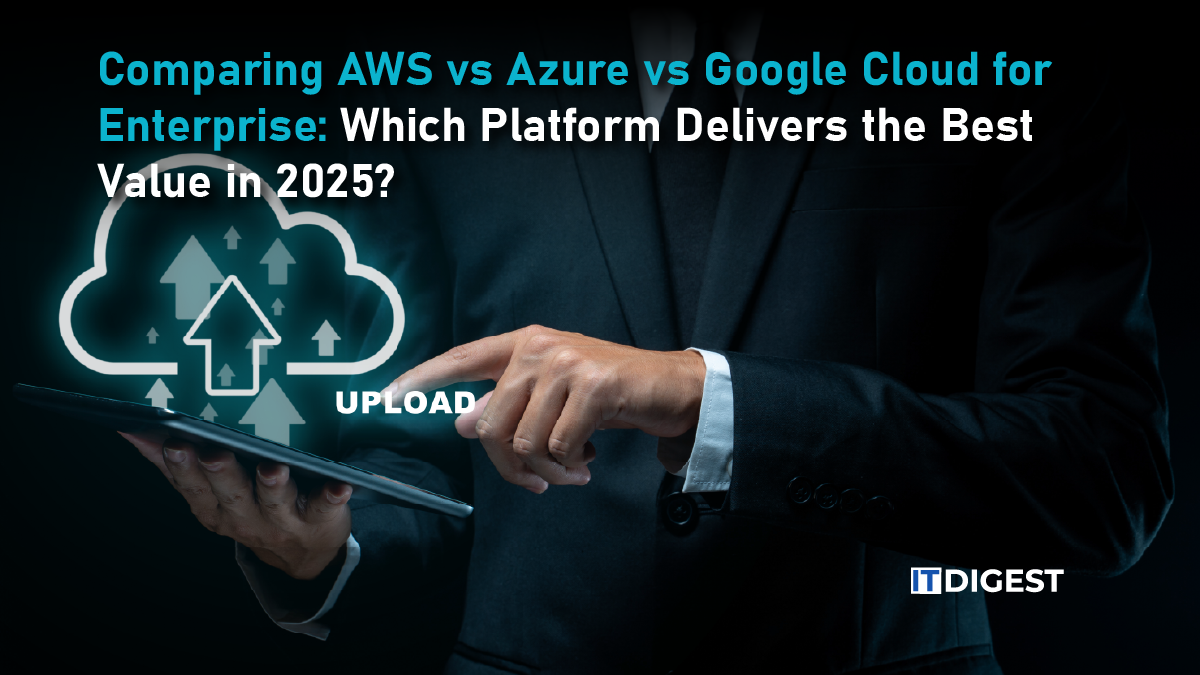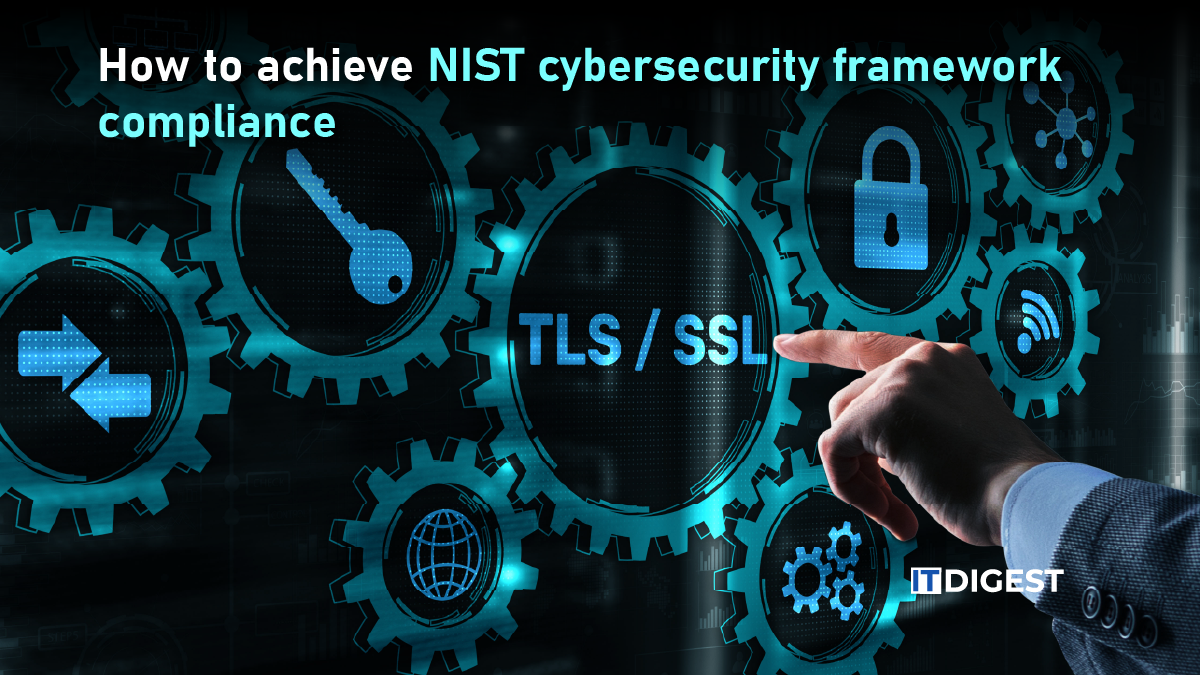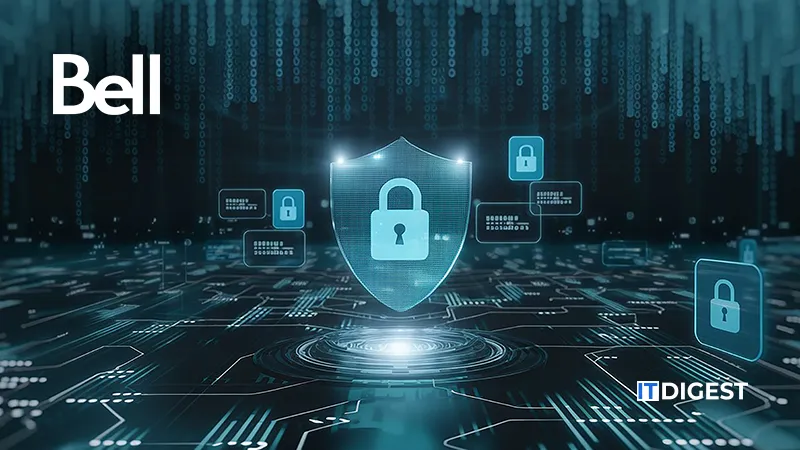The rise of connected care is reshaping healthcare delivery. From remote patient monitors to hospital-based imaging systems, Internet of Things (IoT) technologies are now deeply embedded in clinical operations. These devices create faster workflows, real-time diagnostics, and continuous patient oversight. But they also open the door to a cybersecurity threat that’s growing, fast.
Connected care introduces thousands of endpoints into a single hospital environment. Each device is a digital touchpoint, and a potential weak link. As adoption scales, so does risk. Cybersecurity in connected care is no longer a technical afterthought. It’s a frontline issue that touches everything from patient safety to regulatory compliance.
The Threat Landscape Is Bigger, Faster, And Riskier
Healthcare is one of the most attacked sectors in the digital economy. The U.S. Department of Health and Human Services (HHS) reported more than 100 major healthcare data breaches in 2024 alone. Over 133 million patient records were exposed. That’s not just a data issue, it’s a systems issue. A security failure at one point in the chain can ripple across a hospital’s entire network.
IoT makes this more complex. The FDA estimates over 500,000 connected medical devices are active in clinical environments today. Many were never built with modern security in mind. Older firmware, weak access controls, and lack of encryption are common. Every device added increases the attack surface. Every unsecured sensor or monitor is another opportunity for breach.
Speed is also a factor. Unlike other industries, healthcare doesn’t get downtime. Devices must operate continuously. This limits patch cycles and extends vulnerability windows. In connected care, even seconds count, and attackers know it.
Legacy Tech Meets Modern Threats
Healthcare has a legacy tech problem. According to Healthcare Information and Management Systems Society (HIMSS), several healthcare organizations still rely on outdated operating systems for critical equipment. These systems often can’t run modern security software. Some don’t support basic features like encryption or multi-factor authentication.
Why aren’t they upgraded? It’s complicated. In many cases, regulatory constraints prevent frequent updates. Devices cleared by the FDA can’t be modified without recertification. Interoperability concerns make hospitals reluctant to change hardware. Downtime risks make routine maintenance difficult. So vulnerabilities linger, sometimes for years.
There’s also a dependency issue. Many devices can only be updated by the original manufacturer. That means hospitals often wait weeks, or longer, for critical patches. During that time, threats accumulate. One vulnerable infusion pump, left exposed, can compromise not just itself but the entire network segment it touches.
The Real Cost of a Breach
Cyberattacks in healthcare come with a price tag. A steep one. According to IBM’s 2023 Cost of a Data Breach Report, healthcare remains the most expensive industry for breaches, averaging US$ 10.93 million per incident. That includes forensic response, system rebuilds, legal fees, regulatory fines, and lost revenue. But financial damage is only part of the story.
Breaches also disrupt care. Diagnostic tools go offline. Patient records become inaccessible. Scheduled surgeries are delayed or canceled. In worst-case scenarios, clinical decisions are made without full visibility, raising the risk of medical errors.
Ransomware attacks are especially disruptive. Some hospitals have had to divert emergency patients or revert to paper-based systems. The impact is immediate, visible, and dangerous. These aren’t theoretical risks. They’re unfolding across the country in real time.
Also Read: How AI-Powered Healthcare Assistants Are Alleviating Physician Burnout
Regulation Responds
Federal agencies are tightening their grip on medical device security. In 2023, the FDA finalized new premarket cybersecurity guidance. Now, any internet-connected medical device submitted for approval must include a Software Bill of Materials (SBOM), threat modeling documentation, and a lifecycle update plan.
The PATCH Act adds more pressure. Passed into law in late 2022, it requires manufacturers to design devices with built-in security support, including the ability to receive timely updates and patches. Devices that lack encryption, monitoring, or update capabilities now face hurdles at the approval stage.
On the provider side, the Centers for Medicare & Medicaid Services (CMS) has linked cybersecurity readiness to quality improvement assessments. That means hospitals are financially incentivized to implement robust digital protections. It’s no longer just good practice, it’s a performance metric.
NIST is also stepping in. The updated Cybersecurity Framework (CSF 2.0) introduces tailored controls for connected medical environments. Special Publication 1800-30 walks through the steps for securing wireless infusion pumps, a real-world use case. This is not theoretical policy. It’s practical, implementable guidance built for the healthcare sector.
Inventory Chaos Includes Too Many Devices, Too Little Visibility
One of the most overlooked risks in connected care is device sprawl. A modern hospital doesn’t just have servers and laptops, it hosts thousands of connected devices across floors, wings, and departments. Many are portable. Many are unmanaged. And many fly completely under the radar.
According to a 2023 Medigate and Philips study, a 500-bed hospital typically runs over 10,000 connected medical devices. That includes everything from infusion pumps to smart thermometers. Most hospitals don’t have full visibility into that inventory. Devices move. Locations shift. Documentation is incomplete.
The result? Shadow IoT. These are devices that live on the network but aren’t tracked, protected, or monitored. They evade firewall policies. They miss antivirus sweeps. And when breached, they’re hard to trace.
Improving visibility is step one. Passive network monitoring tools can detect, identify, and profile devices in real time, without disrupting patient care. They analyze communication behavior and flag anomalies automatically. This kind of behavioral fingerprinting is critical. If a thermometer starts acting like a file server, something’s wrong, and the system knows it.
Isolation as a Defense
Once device visibility is established, segmentation becomes the next defense layer. It’s simple in principle, separate critical clinical systems from general-purpose IT networks. In practice, it’s a powerful way to limit damage if a breach occurs.
Healthcare providers are beginning to adopt Zero Trust security models. These frameworks assume that no device, user, or request is trustworthy by default. Every interaction is verified continuously based on context, who is requesting access, what they’re accessing, and why.
Zero Trust is especially effective in high-stakes environments like operating rooms or ICUs. In these zones, every millisecond counts. There’s no room for broad network access or outdated trust models. Role-based access, encrypted communications, and policy-based segmentation can keep the mission running, securely.
Security Begins Before Deployment
Cybersecurity in connected care is not limited to hospitals and clinics. Risks start earlier, deep in the medical device supply chain. Many hospitals now depend on off-the-shelf IoT components sourced globally. These parts often ship with pre-installed firmware. Some contain hidden vulnerabilities. Others lack critical security features like secure boot or signed updates.
Regulators and agencies are responding. The Cybersecurity and Infrastructure Security Agency (CISA) now recommends that healthcare procurement teams embed cybersecurity requirements into their vendor agreements. Device manufacturers must show how they test code integrity, manage access control, and deliver long-term patch support.
The Health Industry Cybersecurity Practices (HICP) framework from HHS supports this shift. It advises tiered assessments based on device risk level. Low-risk wearables are treated differently from high-risk surgical systems. This kind of granular oversight is essential. It helps institutions prioritize their defenses based on clinical impact.
Hospitals must start thinking like supply chain auditors. Each product acquired should meet a cybersecurity standard before it ever touches the network. Otherwise, the risk enters through the front door.
People Are the Perimeter
No cybersecurity strategy is complete without people. In a connected care setting, that includes doctors, nurses, technicians, and administrators. Many of them interact with IoT systems daily. Few have formal training on how those systems can be exploited.
Human error remains a top vector for attack. Phishing emails. Misconfigured devices. Plugging unsecured hardware into protected systems. All of these actions can bypass even the most advanced defenses.
Cybersecurity culture cannot be siloed. It needs to be visible in onboarding, ongoing education, and everyday workflows. Healthcare workers are not just caregivers. In a connected system, they are also frontline defenders.
AI and Automation Is The Next Frontier
Healthcare generates data nonstop. Connected devices transmit thousands of signals every second. AI is emerging as a critical tool for making sense of that volume and identifying threats in real time.
Machine learning algorithms can spot behavioral anomalies long before a signature-based system would. A heart monitor that suddenly initiates outbound data transfers is flagged. A nurse’s tablet connecting to an unauthorized server gets locked down. These systems learn from device patterns, not just predefined rule
As 5G and edge computing expand, connected care environments will grow more complex. Predictive threat intelligence systems will be essential for managing that complexity. Hospitals are not just looking for alerts. They want actionable insights. What happened, why it happened, what to do next. AI systems can offer that visibility without overwhelming human operators. When integrated correctly, they become force multipliers for small IT teams.
Future-Ready Cybersecurity
Connected care is only getting more connected. From remote diagnostics to autonomous delivery robots, the number and variety of devices in healthcare will keep expanding. The cybersecurity strategy must evolve just as quickly.
What does that look like? It starts with scalable frameworks. Hospitals need modular architectures that support new devices without breaking existing protections. They also need lifecycle management. A device should be tracked from procurement to decommissioning, with full security oversight at each stage.
Expect more federal oversight. Agencies are moving toward mandatory cybersecurity certification for medical devices. Hospitals that meet best practices could see enhanced reimbursements or reduced penalties after a breach. Those that do not may face increased scrutiny.
Cross-sector collaboration will also increase. Government, manufacturers, providers, and academic institutions are forming consortia to develop open standards and shared threat intelligence. The goal is faster response, better resilience, and fewer surprises. Cybersecurity in connected care will no longer be a static checklist. It will become a dynamic, living process that adjusts in real time. That is what the ecosystem demands.
Conclusion
Securing IoT in healthcare is no longer optional. It is foundational. Connected care technologies bring speed, accuracy, and efficiency to clinical workflows. But they also reshape the security perimeter. Risks are more distributed, more sophisticated, and more urgent.
Hospitals and providers must move from reactive defenses to proactive architecture. That means investing in device visibility, segmentation, supply chain controls, and cultural readiness. It also means embracing automation and AI to scale response efforts. The future of connected care is already here. Its safety will depend on how well the healthcare ecosystem secures every device, every connection, and every decision point.






